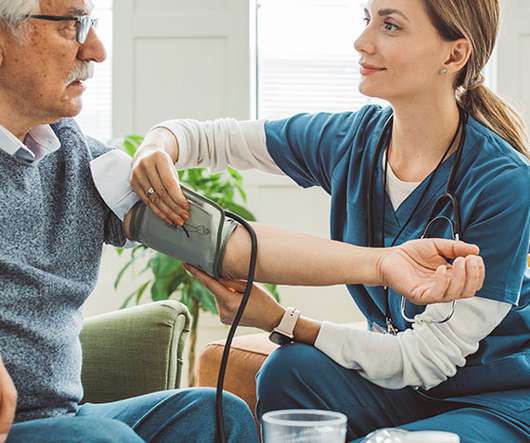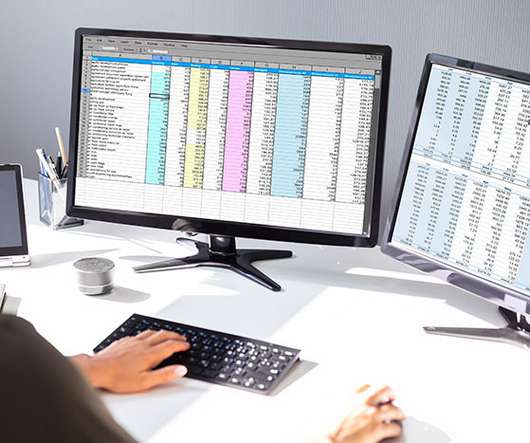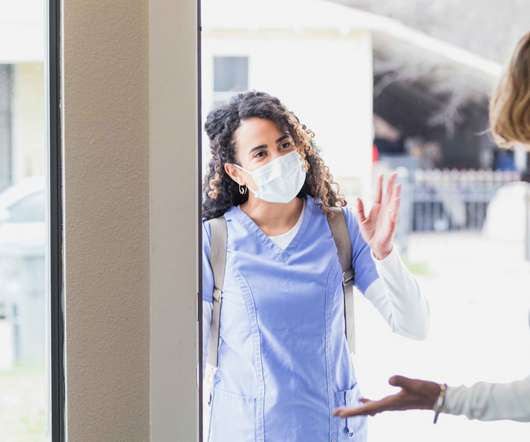CMS 2023 Home Health Final Rule: What Agencies Need To Know
Relias
FEBRUARY 2, 2023
The 2023 Home Health Final Payment Rule , which the Centers for Medicare and Medicaid Services (CMS) released in October, increases Medicare payments for home health agencies by 0.7%, or $125 million, compared to 2022. Starting in 2027, home health agencies will be required to submit OASIS data for all patients.














Let's personalize your content